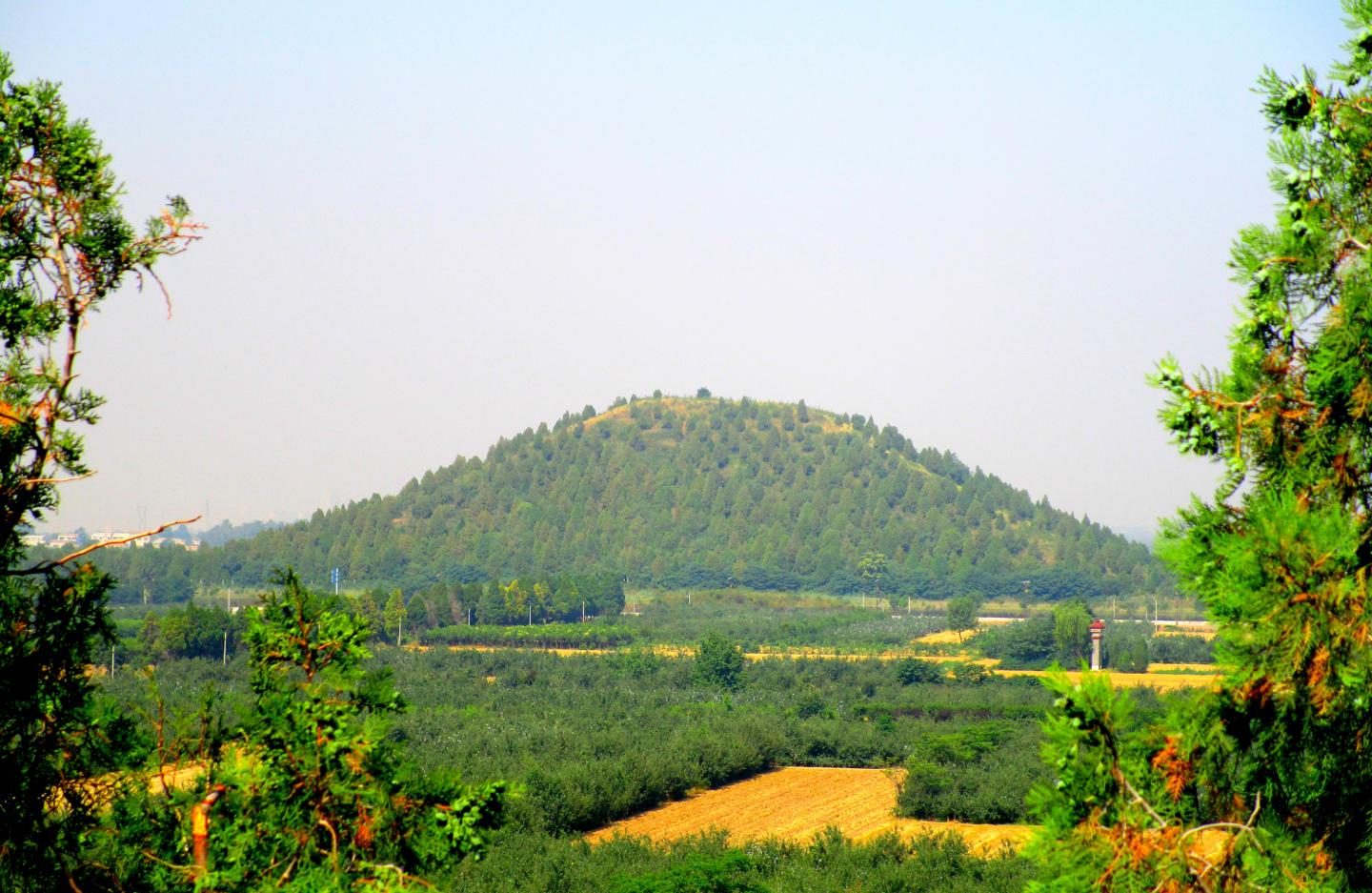Archaeologists unearth nearly 150 tombs spanning several centuries under Chinese zoo
Burials follow consistent spacing pattern, suggesting site was historically in use as well-organised cemetery
Your support helps us to tell the story
From reproductive rights to climate change to Big Tech, The Independent is on the ground when the story is developing. Whether it's investigating the financials of Elon Musk's pro-Trump PAC or producing our latest documentary, 'The A Word', which shines a light on the American women fighting for reproductive rights, we know how important it is to parse out the facts from the messaging.
At such a critical moment in US history, we need reporters on the ground. Your donation allows us to keep sending journalists to speak to both sides of the story.
The Independent is trusted by Americans across the entire political spectrum. And unlike many other quality news outlets, we choose not to lock Americans out of our reporting and analysis with paywalls. We believe quality journalism should be available to everyone, paid for by those who can afford it.
Your support makes all the difference.Archaeologists have unearthed nearly 150 tombs dating to a range of historical eras at a zoo in China’s southeastern Guangdong province.
The tombs, first discovered between April and July 2024, are from a range of dates spanning more than 2,100 years, according to China’s Xinhua News Agency.
Four of the tombs are from the Han Dynasty dating to between 206 BC and 220 AD, eight were from the Jin and Southern Dynasties of 265-589 AD, and 15 burials were from the Tang Dynasty of 618-907 AD.
More than 120 tombs were from the Ming and Qing Dynasties that ruled China between 1368 AD and 1911 AD.

Researchers also uncovered 48 gravestones from the more recent Republic of China (1912-49) era, which formed the early years of today’s China.
Most of the tombs, particularly from the Ming and Qing eras, follow a consistent spacing pattern, suggesting the entire site was part of an well-organised and planned cemetery.

Organised burial sites used over several eras are important records of the human past.
Researchers conducting excavations at such burial sites across the world find that they preserve material culture much better than other kinds of archaeological sites.
For instance, nearly 200 pieces of pottery as well as porcelain, bronze, jade, and bead ornaments were also discovered at the latest dig site spanning about 1300 square metres (14000 sq ft).
These artefacts can reveal key information about China’s past social, political, economic, and ideological orientation changes over years.
Excavations have been ongoing at the zoo since its construction in 1956 with researchers unearthing nearly 500 ancient tombs in over 30 locations at the site.
Key findings so far include a nearly intact 10-metre-long Eastern Jin Dynasty (317-420 AD) tomb, which researchers tout as the largest and best-preserved one from the period till date.
A slightly smaller, Southern Dynasties tomb also stands out as an important joint burial for a yet-unidentified married couple.
But the tombs unearthed in the latest dig stand out as they appear to be more “very densely distributed”, researchers say.
Key findings include a nearly intact tomb from the Eastern Jin Dynasty and a well-preserved tomb from the Southern Dynasty.
Researchers hope the discovery would lead to improved understanding of construction technology during the Jin and Southern Dynasties.
They say further studies of two key tombs unearthed in the latest dig could help unravel customs behind tomb shapes, stages, and funeral rites during the Six Dynasties period in Guangzhou.

Join our commenting forum
Join thought-provoking conversations, follow other Independent readers and see their replies
Comments